|
Airing out her wings on a termite mound overlooking the vast grasslands of the Maasai Mara, this vulture repeats a process her distant ancestors practiced in this same spot. As we watched this afternoon, she walked and bounced back and forth across the mound surveying the plains while she aired out her wings. Modern paleontologists have firmly established a direct link between modern birds and ancient dinosaurs. They are part of the family. Some can draw a direct link to flying dinosaurs of the Cretaceous Period that ended some 65.5 million years ago. Others follow from dinosaurs who took flight only after the end of the Cretaceous Period. If you finished school more than ten years ago, forget what you learned about dinosaurs. Modern scientists using tools undreamed of decades ago are unlocking secrets about dinosaurs at a rapid rate. The unique breathing system of birds that enables them to extract oxygen as they inhale and exhale was developed by their dinosaur ancestors. How did grazing dinosaurs reach sizes unheard of today? You guessed it. Part of what enabled such grand sizes was the dinosaur's more efficient breathing system still used today by birds. But birds do not look like dinosaurs. Think again. Many dinosaurs, scholars now know, sported feathers of one sort or another. Even the giant T-Rex with teeth the size of railroad spikes had primitive feathers. And if you think there are no worthy avian heirs to the ferocity of T-Rex think again. The common ostrich, shown above, has leg muscles and claws powerful enough to dispatch a lion. But all dinosaurs were not T-Rex. For hundreds of millions of years, dinosaurs ruled the planet not by being fierce but by being adaptive and filling every available niche in the environment. Which is why Kenya is the perfect place to connect with our modern dinosaurs. In Kenya, birds fill nearly every available niche including more than 1,100 different species. That is more species of bird in one country than in all of North America. If you want to see dinosaurs, then this is the place to be. Everything from vultures to ostrich to spoonbill are here. So too are lilac breasted rollers, kori bustards, kingfishers, pelicans, secretary birds, eagles, hawks, Egyptian geese, and many more. Here are just a few who crossed our path on Safari. Some will look familiar. Others will not. _ _ _ _ _
All photos and text are copyright Clinton Richardson. The images are from the author's Safari Collection at Trekpic.com. If you like these posts, please tell your friends about the Venture Moola blog at Readjanus.com. Want to plan your own safari? If so, feel free to check out the outfitter we used at Porini.com. And, feel free to share this blog. The more readers the better. Click here if you would like to get a weekly email that notifies you when we release new entries. Or, click in the side column to follow us on Facebook or Twitter. The venture moola blog comes to you from Atlanta, Georgia. Find it at readjanus.com. Copyright Clinton Richardson.
Jane Forbes
3/5/2019 06:08:13 pm
Beautiful photos Clint! I need to go to Amboseli I think :) Comments are closed.
|
the blog
Travel, history, and business with original photos.
your hostClinton Richardson - author, photographer, business advisor, traveler. Categories
All
Archives
July 2023
Follow us on Facebook
|
Check out Ancient Selfies a 2017 International Book Awards Finalist in History and 2018 eLit Awards Gold Medal Winner and
Passports in his Underpants - A Planet Friendly Photo Safari a 2020 Readers' Favorite Winner in Nonfiction
Site Copyright 2024 by Clinton Richardson
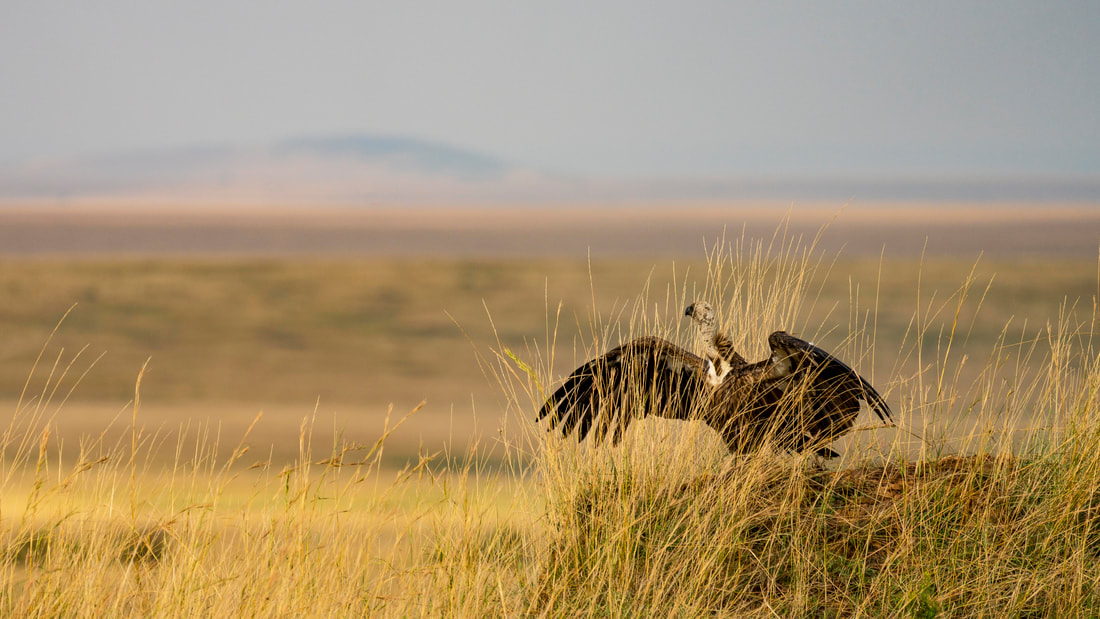
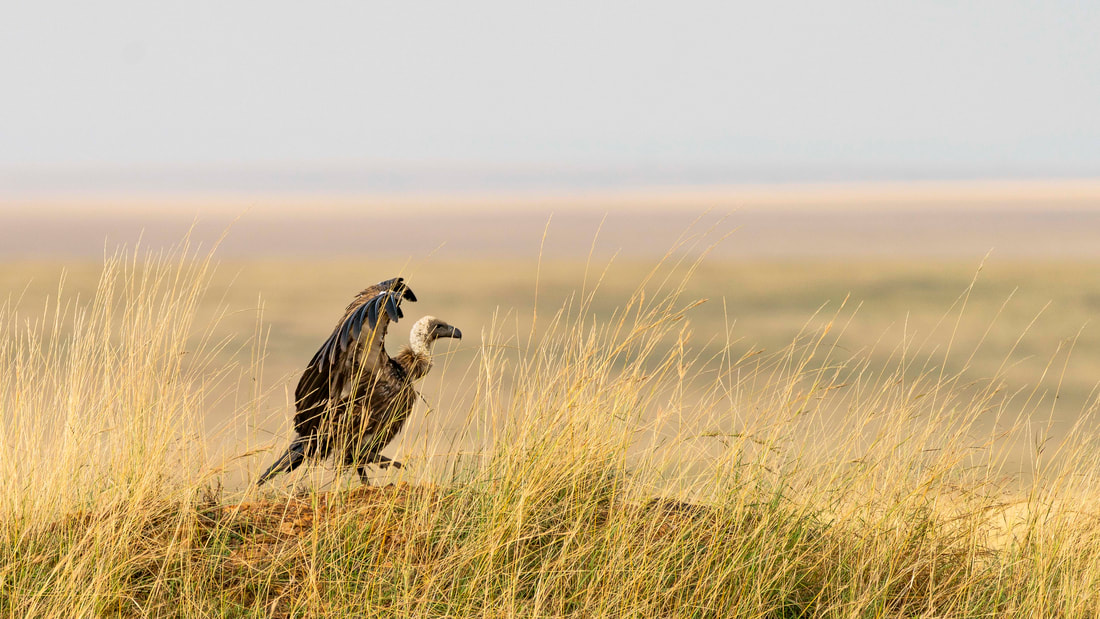
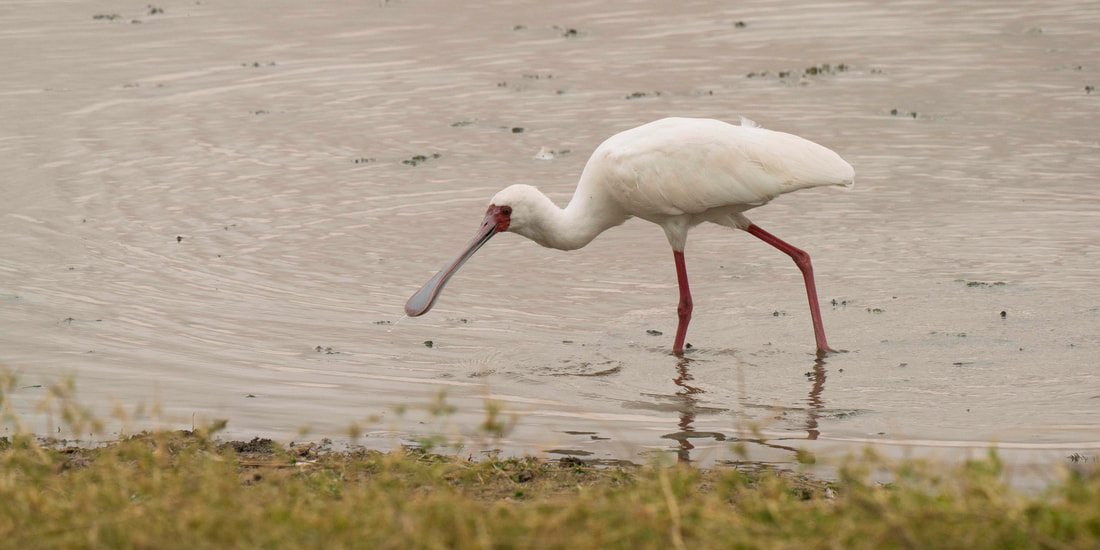
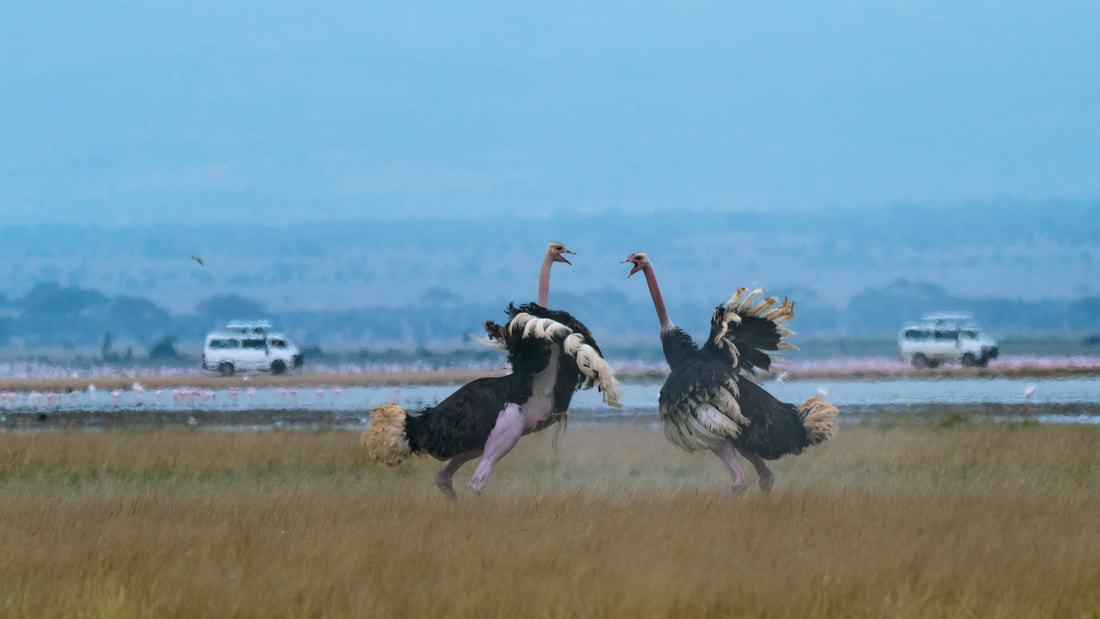
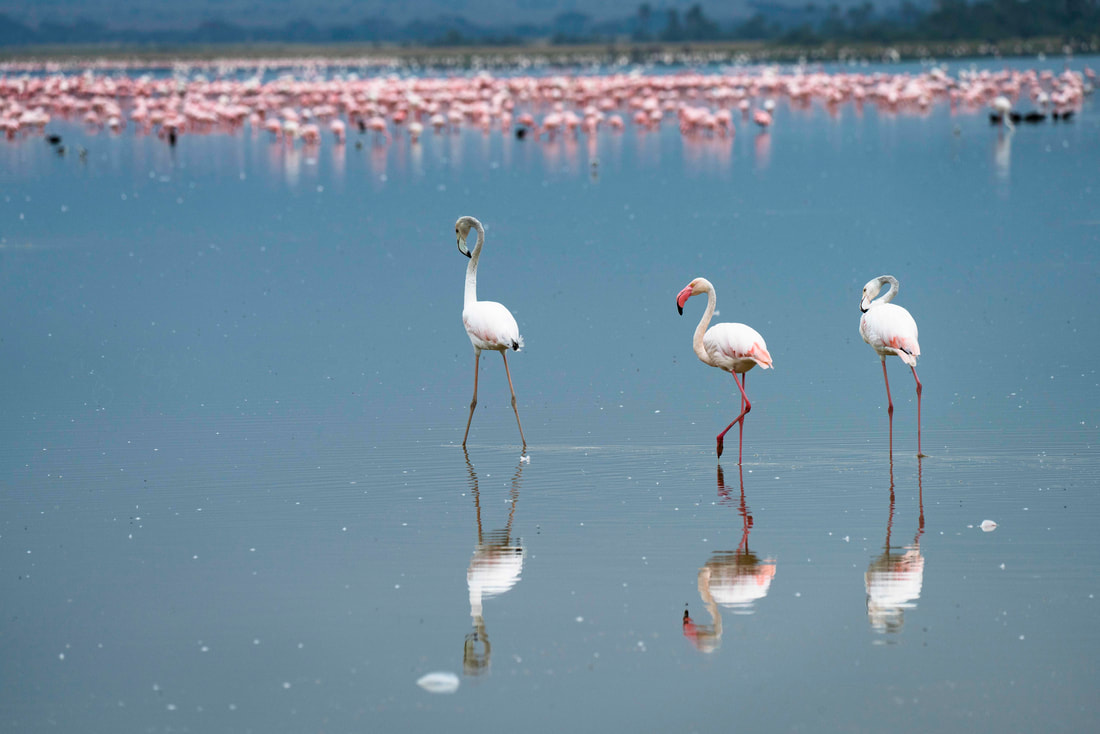
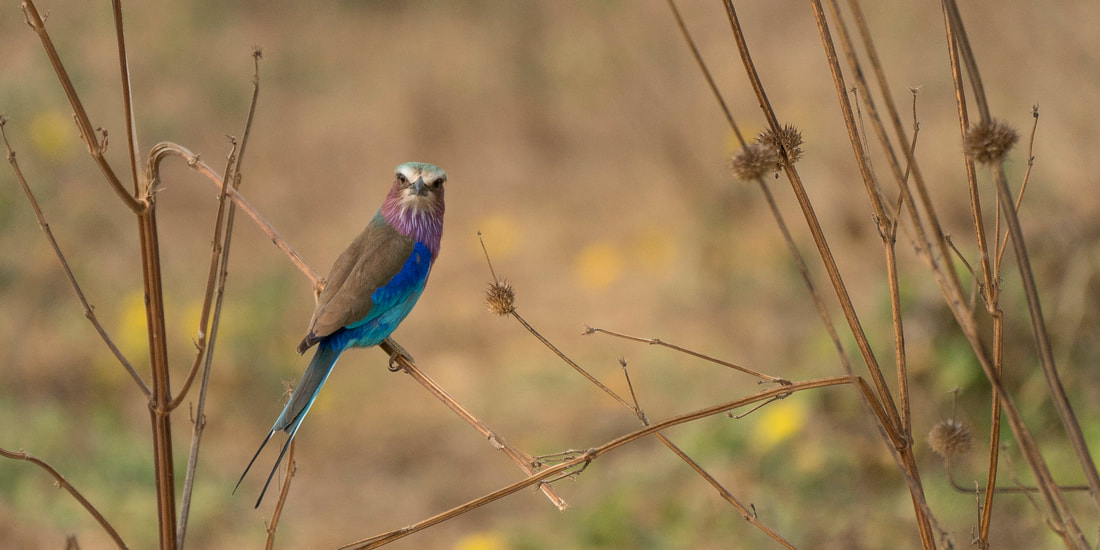
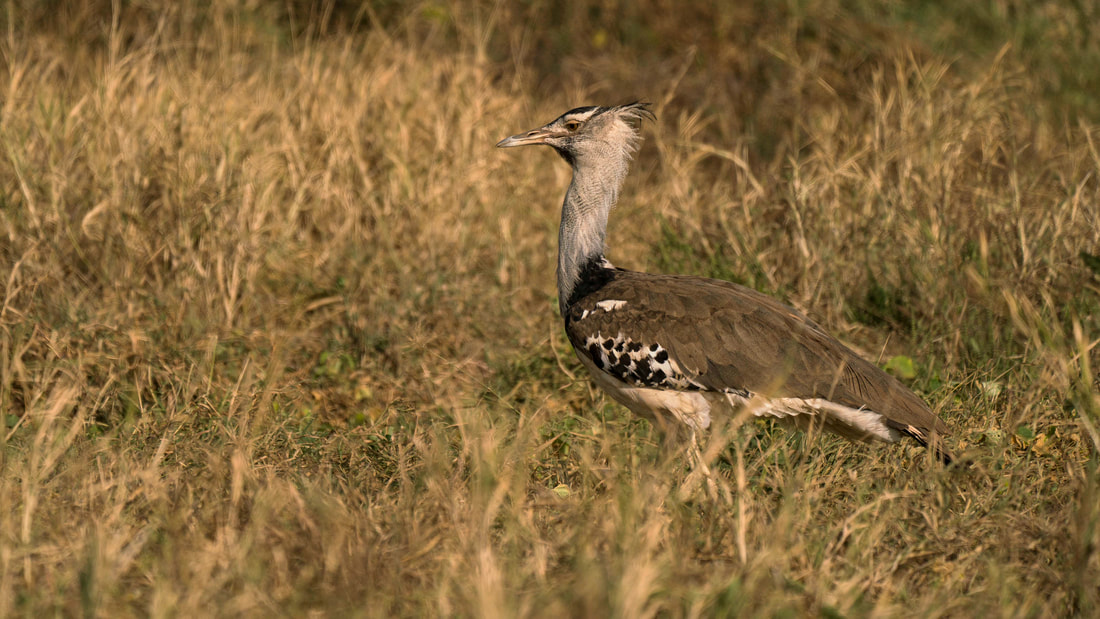
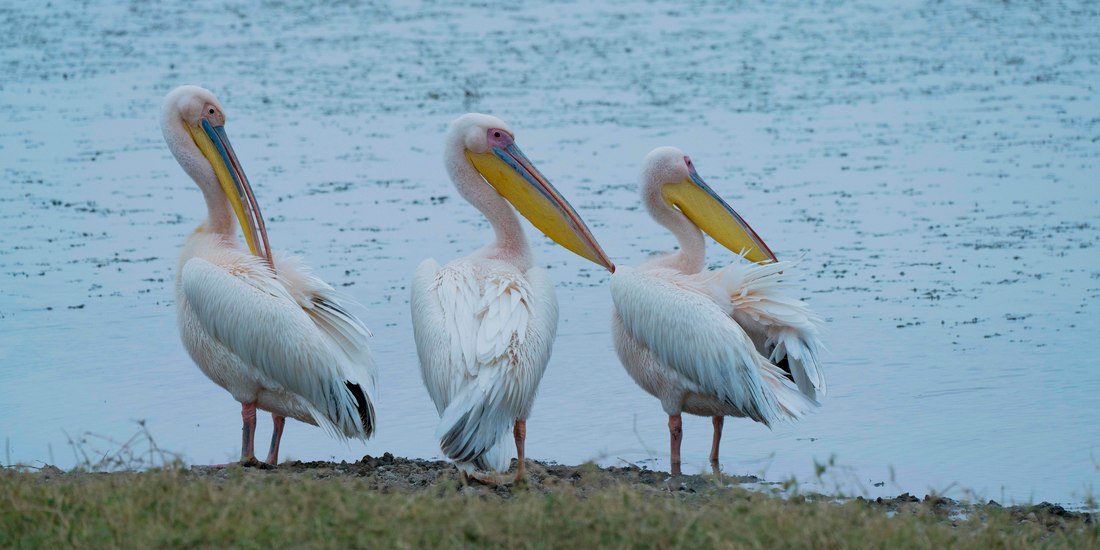
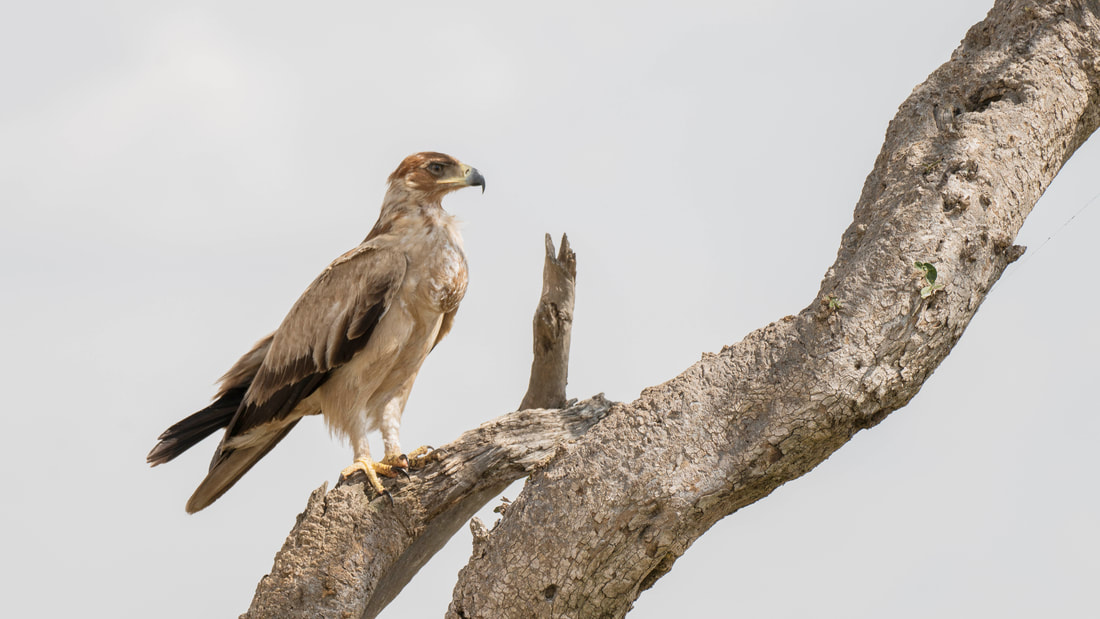
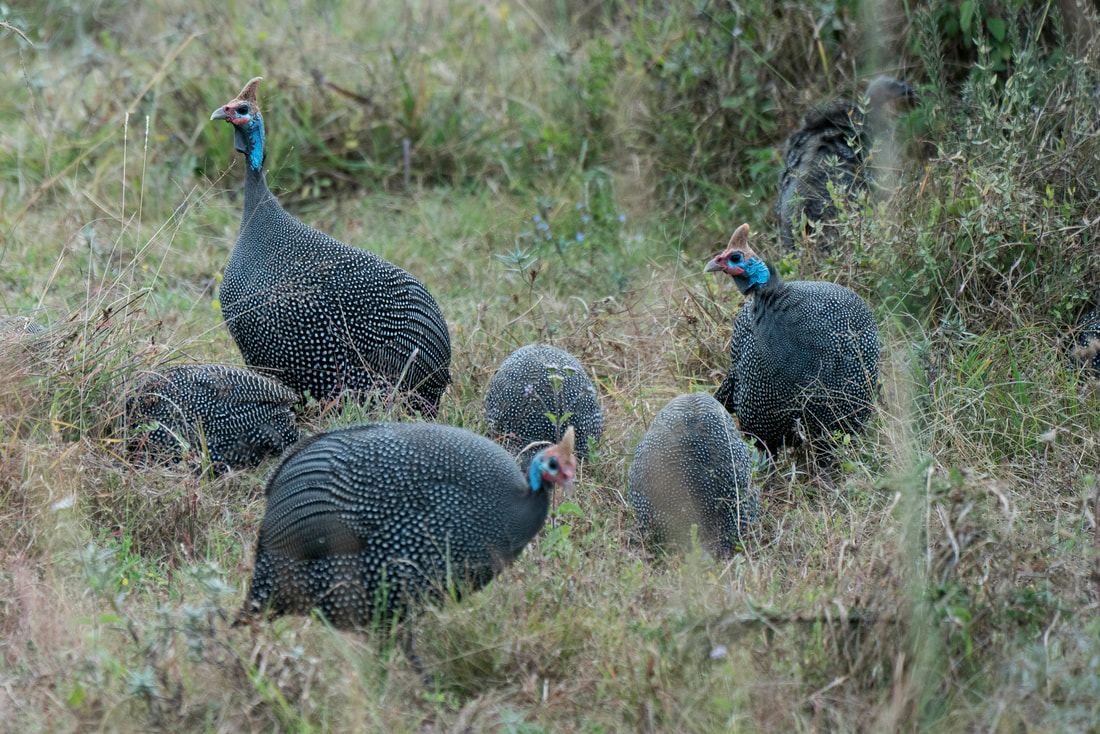
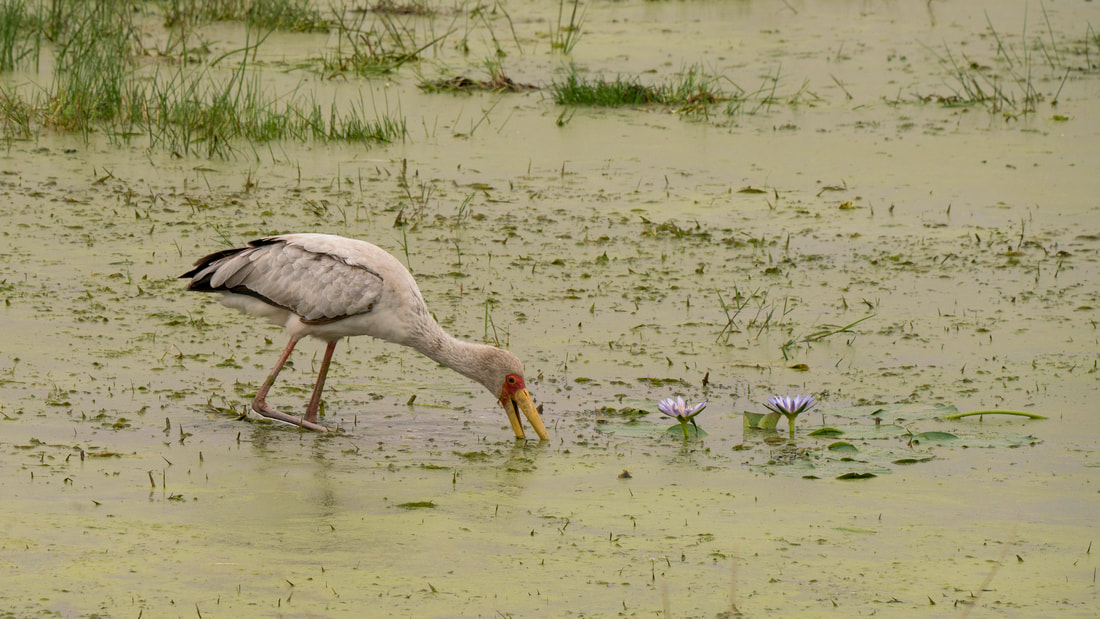
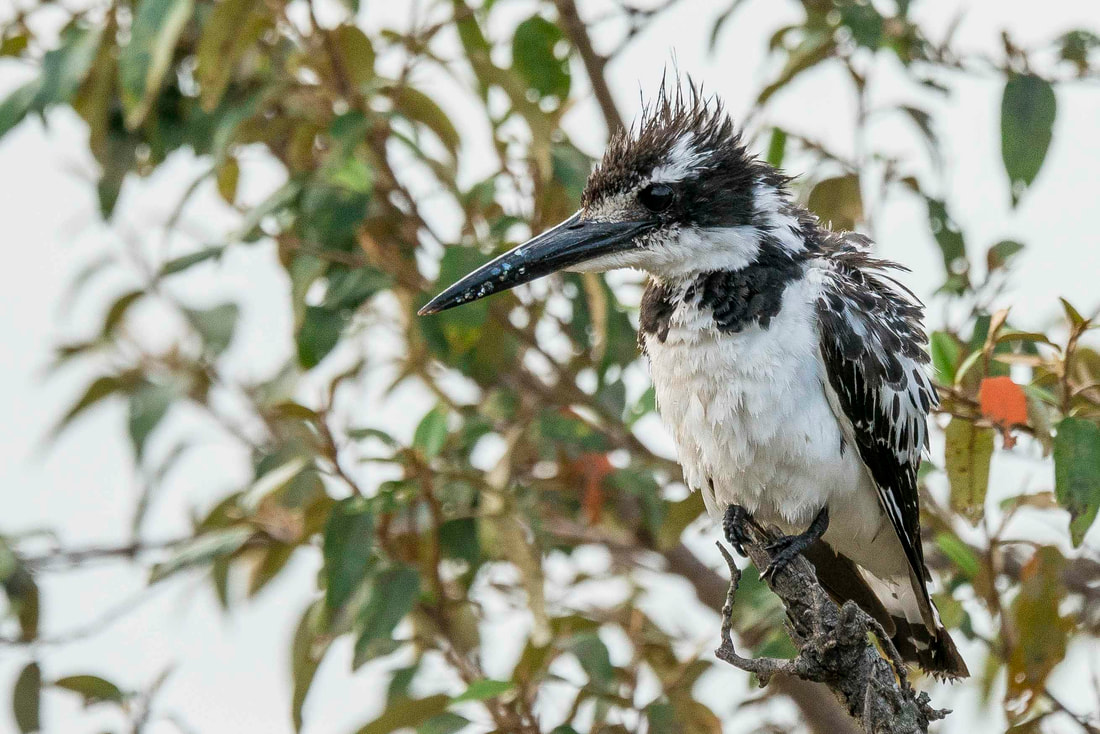
 RSS Feed
RSS Feed